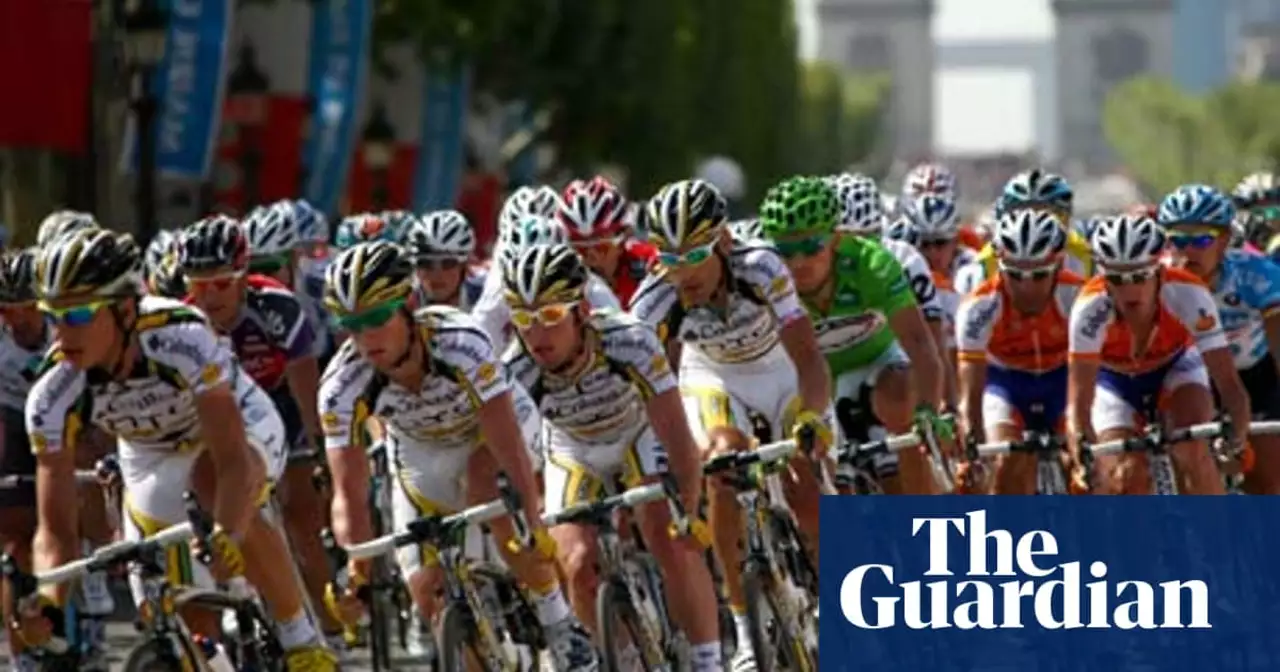Exploring the Racial Divide in Cycling: Examining the Reasons Behind the Lack of Diversity in the Sport
Cycling is a sport with a history of elitism and exclusion. It’s long been a sport dominated by white athletes, and it’s only in recent years that non-white riders have begun to make their presence felt. But what is it about cycling that has made it so white?
Historical Roots of Cycling's Racial Divide
The issue of race and diversity in cycling is rooted in the sport’s history. Cycling has traditionally been a sport of privilege, with the majority of riders coming from wealthy backgrounds. This has made it difficult for riders from minority backgrounds to gain access to the sport, as they often lack the resources to purchase expensive bikes and gear. Additionally, the sport has been dominated by white athletes and teams, creating an atmosphere of exclusion for non-white riders.
Stereotyping of Cycling as a White Sport
The lack of diversity in cycling has also led to the sport being stereotyped as a white sport. This has led to many non-white riders feeling unwelcome in the sport, and has created a barrier to entry for those who may be interested but don’t feel like they belong. This has been exacerbated by the fact that many of the major cycling events and races are held in predominantly white areas, and the lack of visibility of non-white riders in the sport.
Financial Barriers to Entry
The financial barriers to entry in cycling can be a major issue for non-white riders. As with many sports, cycling requires expensive equipment and gear, and riders from lower-income backgrounds may find it difficult to afford the necessary items. Additionally, the high entry cost of events and races can be prohibitive for many non-white riders, further limiting their ability to participate in the sport.
Lack of Support and Representation
The lack of support and representation of non-white riders in the sport has also been a major factor in cycling’s racial divide. Despite the efforts of organizations like the Black Cyclists Network, there is still a lack of visible non-white riders in the sport. Furthermore, the presence of white-dominated teams and sponsors has created an atmosphere of exclusion for non-white riders.
Conclusion
The issue of race and diversity in cycling is a complex one, and it’s clear that there are a variety of factors at play. From financial barriers to lack of support and representation, there are many issues that need to be addressed in order for non-white riders to feel welcome and included in the sport. It’s clear that the sport of cycling still has a long way to go in terms of diversity and inclusion, but with the right efforts and support, it can become a more diverse and inclusive sport for everyone.
Why is Cycling Such a White Sport?
Cycling is an activity that has historically been dominated by white people. Although some progress has been made, there is still a large disparity between the number of minority cyclists and the number of white cyclists. This article will explore the challenges of bringing cycling to minority communities and the potential solutions to increase representation in the sport.
Barriers to Entry
The first challenge minority communities face in cycling is access to the sport. Many people in these communities lack the financial resources necessary to purchase a bike. Additionally, there may be a lack of safe places to ride in certain areas. This makes it difficult for people to get involved in cycling.
Another challenge is the lack of awareness about cycling in minority communities. Many people may not be aware that cycling is an option for them or may not know where to start. This lack of knowledge can make it difficult to get people interested in the sport.
Potential Solutions
One potential solution to increasing cycling representation in minority communities is to create cycling clubs. These clubs can provide a safe place for people to ride and can offer classes and other activities to help people learn about the sport. Additionally, the clubs can help connect people with resources to purchase bikes and other cycling equipment.
Another solution is to create cycling events specifically for minority communities. These events can provide a space for people to come together to ride and socialize. Additionally, these events can also be used to promote cycling and to educate people about the benefits of the sport.
Finally, cycling organizations can partner with local businesses to provide resources and support for cycling initiatives in minority communities. For example, a bike shop can offer discounts to people in the community or a cycling organization can provide free helmets or other safety equipment.
Conclusion
Cycling is an activity that has traditionally been dominated by white people. However, there are a number of challenges that can make it difficult for minority communities to get involved in the sport. By creating cycling clubs, organizing cycling events, and partnering with local businesses, cycling organizations can help increase representation in cycling among minority communities.
